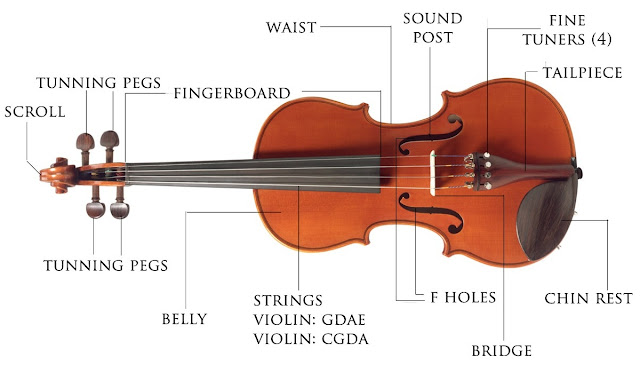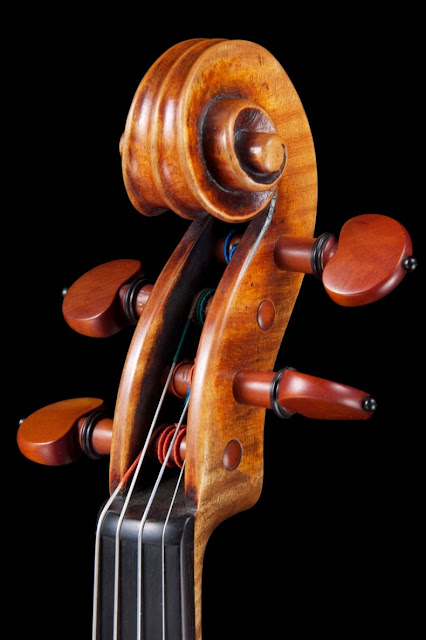Speed Paint Challenge #6
The String City / The Violin District
Need more inspiration? Visit the original YPGTTO brief here.
The String City / The Violin District
Violin: Full, lively, singing, eloquent, introspective, supernatural, sensuous, lustrous, bright, metallic, vibrant, clear, glassy, flute-like, shrill, brilliant, sparkling, calm, thin, whistling, round, pure, muffled, solemn, austere, dark, muted, open, sustaining, rough, wafting, soft, sweet, merry, dancing, veiled.
The differences in the violin’s sound – and those of stringed instruments in general – result from a combination of the following factors: string thickness (diameter or gauge), choice of string, point of contact of the bow, bowing speed and bow pressure. These factors determine the level of oscillation of certain partial vibrations, i.e. the timbre. Which of these tonal options he or she uses is up to the violinist. The sound characteristics of the violin are therefore not predetermined; no single timbre predominates in any register. It is the musician who gives the instrument the timbre he or she desires.
Open strings sound brighter than fingered ones. Sometimes this extra brightness is exploited, sometimes it is avoided to maintain the homogeneity of a line. Frequent changes between strings reduce the need for changes of position (timbre is altered); conversely, frequent changes of position mean fewer changes between strings (timbre is more homogeneous).
Sound characteristics of the individual strings
G string (G3–C5, G5)
Dark and sonorous in the low register with a tendency toward roughness. Highly expressive and soulful cantilenas can be expected in the high register. The sound becomes more intense.
D string (D4–G5, D6)
Very full sounding and mellow. The string’s pitch corresponds to the human voice and is used for melodious cantilenas.
A string (A4–D6, A6)
More mellow than the D string.
E string (E5–A7, D8)
Lustrous and metallic, dominates lower-pitched middle voices. Very bright in the upper register though less full sounding. Its brightness makes it more audible.
You can listen to the extract (below) as many times as you like. We don't want literal images of the instruments associated with the extracts, but we do want your concept paintings to associate with the shapes, forms, structures, mechanisms, colours, materials and special characteristics of the specific instrument - and the moods evoked by the music extract itself.
We do want to get a sense of spaces and places - of being 'within' these various districts of our Kingdom Of Sound.
Think of the relationship between the instrument and the extract in the following way: the structure, shapes, mechanisms and movement of the instrument gives you your vocabulary of architectural components, and the music extract gives you the art direction (i.e. the mood, colour palette, composition etc.)
In regards to setting up your speed paints in Photoshop - a few basic rules: can you ensure you're working at the following settings: 2560 pixels x 1440 pixels / 300dpi.
Feel free to go even more panoramic if your vision demands it and feel free to flip between landscape and portrait as your imagination requires. Once you've completed your digital painting(s), can you upload it to your blog entitled YPGTTO Speed Paint Challenge, and include the number and title of the challenge too: YPGTTO Speed Paint Challenge 6 : The Violin District
Please can you keep all your original Speed Paint files safe and sound in a folder, as I'll be collecting them in as an archive of the project at the end of the challenge.
Young Person's Guide To The Orchestra, Op. 34 - Violins / Benjamin Britten
Need more inspiration? Visit the original YPGTTO brief here.









No comments:
Post a Comment